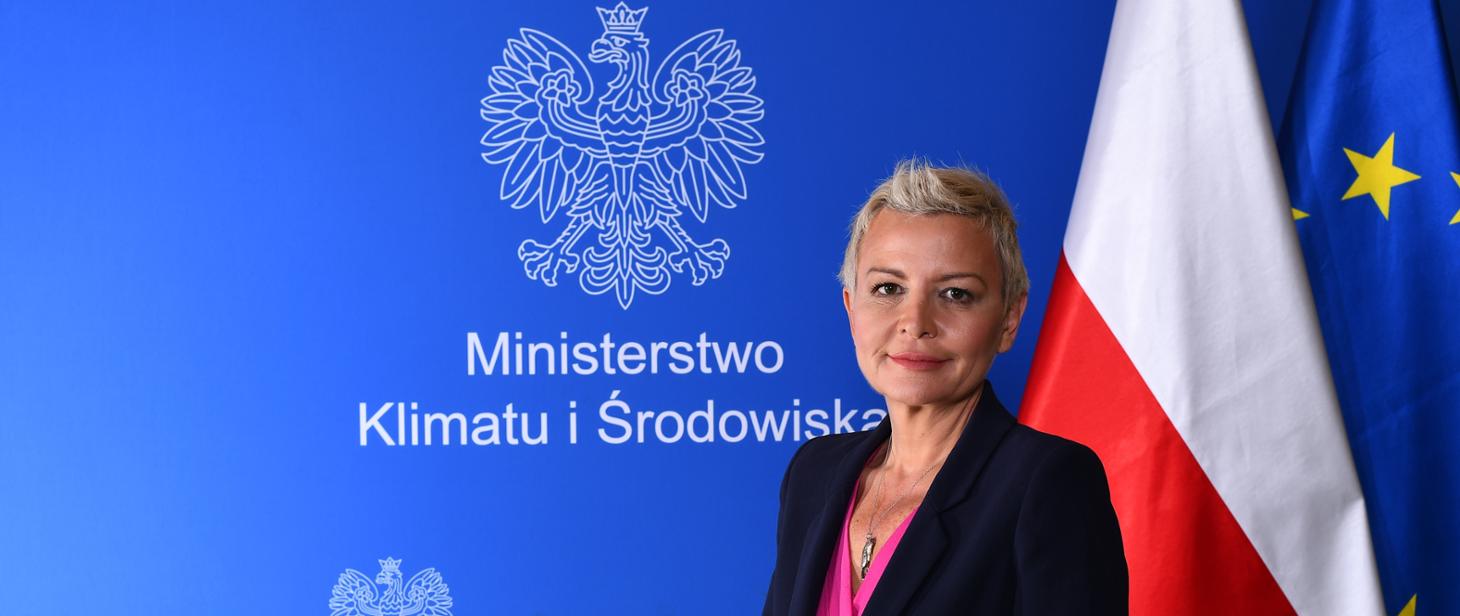We must tread through the energy war in solidarity. In order to think about innovation and development, we first need to meet the challenges of the winter months – says Deputy Minister of Cimate and Environment Anna Łukaszewska-Trzeciakowska in an interview with BiznesAlert.pl on freezing energy prices.
BiznesAlert.pl: How does the energy price freeze work?
Anna Łukaszewska-Trzeciakowska: Energy producers, regardless of what and how they produce energy, have a maximum price limit with an appropriate margin and investment allowance. If the price in bilateral contracts or on the exchange is higher, then the difference between the maximum price and the selling price will go to the settlement manager. From the same fund, compensation will be transferred to trading companies that have contracts or tariffs with protected entities for the volume of electricity sold at the maximum price set in the law prepared by the government. If a given power plant is covered, for example, by the limit of PLN 500, but the price on the market is PLN 800, then it needs to give back PLN 300 as part of the prepared mechanism. In turn, if a given hospital has PLN 900 in the contract, but receives energy for PLN 785 per MWh, then the trading company sells the energy cheaper, and the difference is covered by the Payment Fund of the Price Difference. All production is covered by the price limit, but we return the part covered by the freeze. If a company sells electricity to a customer who is not protected, then it does not receive a refund because it sells at a price agreed with the customer. In order not to artificially raise prices, there is also a margin limit depending on how energy is sold. The exchange is working and there should be a large turnover on it, so we reward it with a larger margin – 1.5 or 3.5 percent. To compare, another type of trading has margins of 1-3 percent.
Some producers criticize these solutions as unfair.
This year is extremely difficult, which has been also emphasized by the International Energy Agency, so we need a solution that will support customers but is also acceptable for market players. Limits and formulas are set in order not to subject companies to a limit below the cost of generating energy, and to remove excess revenues from the market.
In terms of energy trading, the issue of freezing energy prices has many nuances, depending on the time of conclusion of the contract and the date of actual delivery of energy. We have introduced a price freeze taking into account the time since the outbreak of the war in Ukraine, that is, from February 24. This means that if someone signed a contract for deliveries after February 24 and is in the group protected by the maximum price, they will not pay more, and the trading company will receive compensation for the sale at a lower price. How the price will be actually calculated hinges on the time the contract was signed and the energy delivered. Everything is precisely defined by the law. One of the deadlines is the moment of publication of its draft after adoption by the Council of Ministers – from then on the changes have been revealed, so it was possible to adjust sales strategies and we also reflected this in the law. This is a thoughtful solution and suitable for all parties.
Is this blocking the development of RES?
There’s a war going on right across our border. We must stand in solidarity through the energy war that Putin has provoked. In order to think about innovation and development, we must first face the challenges of the winter months. However, we do not want excessive costs to be borne by companies or, above all, by Polish families. This solution is expected to work for the next year. On the other hand, the set maximum prices correspond to those in the regulation on RES reference prices of 4 November – and that regulation was widely consulted.
Why did you decide not to introduce the windfall tax?
In such a solution, first you need to earn extra, then settle and pay taxes. Right now we are thinking about the coming winter. Why would we care today that someday in the future there will be funds from the windfall tax to support businesses, if by that time they may go bust. Our budget has already financed huge support for Poles in the era of the energy crisis. It is worth looking at our neighbors, for some the proposed windfall tax undermines some businesses, and for unknown reasons bypasses others. Our solution is transparent, although some will still complain about the lack of broad consultations. For example, the reference prices of RES were consulted with everyone, and after the publication of the regulation there were no emotions – and these are the same values.
Why are they so high now?
We are getting used to good times, high margins, especially recently – with high prices on the energy market, often set by gas in the merit order mechanism and exceeding PLN 2,000 per MWh. After all, the costs of producers were marginal in relation to these prices – as in RES. You could make USD 1,500 per megawatt hour. Those days are coming to an end. At the same time, a return to updating the 10h distance law is being considered. We will see if, after its possible adoption, the investments in onshore wind farms will actually grow – I am positive about this.
Interview by Wojciech Jakóbik









